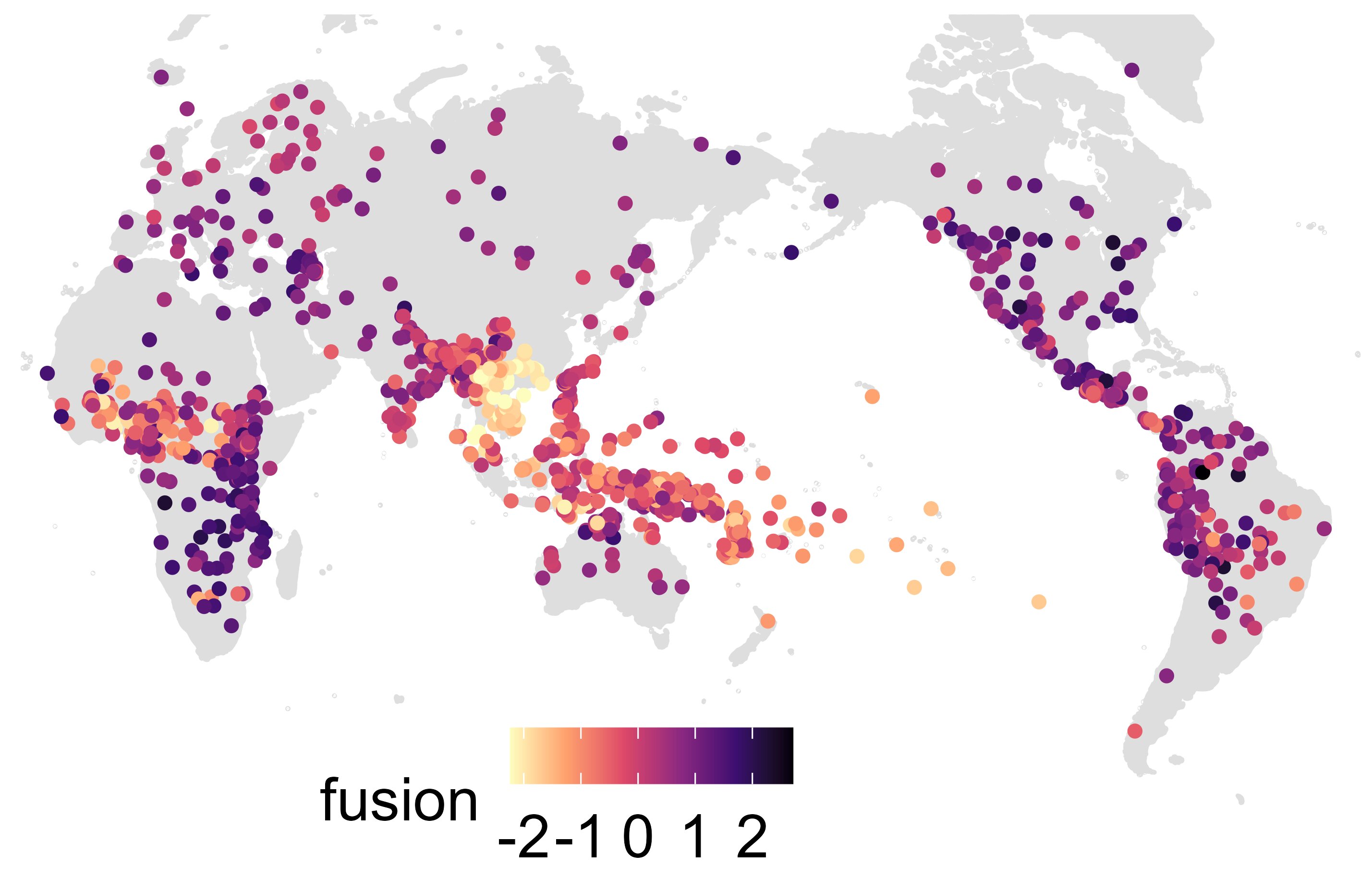Languages across the world exhibit significant variations in their grammatical distinctions. This divergence is evident even among closely related languages. For instance, speakers of Swedish, Danish, and Norwegian utilize the word hunden, meaning “the dog,” to convey different situations such as the presence of a dog in a house, finding a dog, or giving food to a dog. On the other hand, Icelandic employs three distinct word forms, hundurinn, hundinn, and hundinum, corresponding to the nominative, accusative, and dative case respectively, in these scenarios.
This grammatical variation in the case system, among other factors, sets Icelandic apart from its closely related sister languages. Researcher Olena Shcherbakova from the Max Planck Institute for Evolutionary Anthropology suggests that one hypothesis connecting grammatical complexity to social environments may explain this phenomenon.
For example, Icelandic is primarily used and learned by a local population of approximately 350,000 individuals. These relatively small and isolated communities are often referred to as “societies of intimates.” In contrast, Scandinavian countries located in close proximity to their neighbors have larger populations with significant proportions of non-native speakers, making them “societies of strangers.”
Linguists have often claimed that languages with a higher number of non-native speakers tend to simplify their grammars. Unlike children, adult learners struggle to acquire complex grammatical rules and fully master a new language.
However, does the Icelandic example reflect the linguistic diversity observed worldwide? Researchers from the Max Planck Institute of Evolutionary Anthropology sought to determine whether languages spoken by larger societies of strangers with numerous non-native speakers tend to evolve simpler grammatical structures.
In their study published in Science Advances, the researchers assessed the grammatical complexity of 1,314 languages using data from Grambank, a newly released global database of grammatical features. They compared these complexity scores with variables indicating the number of non-native speakers in each language.
Defining complexity
Language complexity is a contentious topic in linguistics, marked by various opposing views. Hedvig Skirgård from the Max Planck Institute of Evolutionary Anthropology explains, “Many disagreements arise from differences in how ‘complexity’ is defined.”
In this study, the researchers refined the methodology by distinguishing between two distinct measures: fusion, which refers to the number of affixes in verbs and nouns, and informativity, which represents the number of distinctions made.
The results indicate that societies of strangers do not necessarily speak less complex languages. Shcherbakova states, “Instead, our study reveals that the variation in grammatical complexity generally accumulates too slowly to adapt to the immediate environment.”
A well-known counterexample to the claim about social environment shaping grammatical complexity is German. Despite having a large number of non-native speakers, German has maintained its case system and numerous grammatical distinctions.
This study examines the influence of social environment on grammatical complexity while accounting for the expected similarities resulting from genealogical inheritance and contact. Simon Greenhill from the University of Auckland concludes, “Our study highlights the significance of using large-scale data and accounting for the influence of inheritance and contact when addressing long-standing questions about the evolution of languages. It demonstrates how established linguistic theories can be rigorously tested using the increasingly available global datasets.”
More information:
Olena Shcherbakova, Societies of strangers do not speak grammatically simpler languages, Science Advances (2023). DOI: 10.1126/sciadv.adf7704. www.science.org/doi/10.1126/sciadv.adf7704
Hedvig Skirgård et al, Grambank v1.0, Zenodo (2023). DOI: 10.5281/zenodo.7740139
Citation:
The evolution of complex grammars: New study measures grammatical complexity of 1,314 languages (2023, August 16)
retrieved 16 August 2023
from https://phys.org/news/2023-08-evolution-complex-grammars-grammatical-complexity.html
This document is subject to copyright. Apart from any fair dealing for the purpose of private study or research, no
part may be reproduced without the written permission. The content is provided for information purposes only.
Denial of responsibility! SamacharCentrl is an automatic aggregator of Global media. In each content, the hyperlink to the primary source is specified. All trademarks belong to their rightful owners, and all materials to their authors. For any complaint, please reach us at – [email protected]. We will take necessary action within 24 hours.

Shambhu Kumar is a science communicator, making complex scientific topics accessible to all. His articles explore breakthroughs in various scientific disciplines, from space exploration to cutting-edge research.


